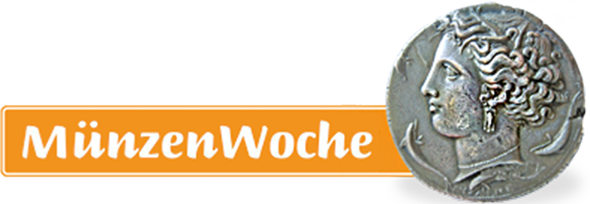Central Bank of Bahrain Currency Museum
Wenn es kein Logo gibt, wird diese Spalte einfach leer gelassen. Das Bild oben bitte löschen.
(Dieser Text wird nicht dargestellt.)
Road 1702, Building 96, Manama
Kingdom of Bahrain
Tel: +973 17 547777
Opened in February 1999 after four years in development, the Currency Museum is located in the Central Bank of Bahrain (CBB) in the diplomatic area of Manama. The Museum traces the history of the currency in the Kingdom of Bahrain before and after the founding of Islam and the currencies issued by the Bahrain Currency Board, Bahrain Monetary Agency, and the CBB. It also displays Islamic coins as well as some official documents.
Visitors are led through a multi-media tour of the currency history of Bahrain, demonstrating the central role it has played throughout the history of the Gulf.
The First Gold Dinar
Caliph ‘Abd al-Malik bin Marwan introduced a new, purely Islamic coinage in 696 AD (77 AH). This new gold dinar can be seen at the beginning of the exhibition. It is one of only nine known, and bore only inscriptions from the Qur’an and the date for the first time according to the Islamic Hijri calendar.
Another display cabinet contains examples of very early Islamic coins with examples of the silver drachms struck during the Prophet Muhammad’s lifetime (c. 570-632). Visitors can see the development of early Islamic coinage (945-1258 AD/333-656 AH) and the Age of Islamic Empires (1258-1689 AD/656-1100 AH).
Foreign Coins, 550 BC to 1950 AD
Additional cabinets display foreign coins that circulated in the Arabian Peninsula during the 2,500-year period from 550 BC to 1950 AD. These coins were widely used because they carried simple engravings such as pictures of a lion or a bull, or of kings and rulers which helped differentiate them.
Bahrain used the coins of British India as its official currency during the middle of the 18th century. Otherwise, the most widely used coins in the Arab world during that period were the silver Maria Theresa thaler and the Indian copper paisa, examples of which are on display.
World central banks and monetary agencies typically issue gold and silver coins and medals to commemorate local and international events. On display is a 1968 gold medal to mark the opening of Isa Town, and a 1971 gold medal to mark the independence of the State of Bahrain from Great Britain with other medals in the central section.
Previous Monetary Authorities
The Museum also has a special gallery concentrating purely on the activities of the previous Bahrain Currency Board, Bahrain Monetary Agency, and the present CBB. The gallery includes cabinets containing specimens of Indian and Gulf banknotes and coins in circulation in Bahrain in addition to official documents issued by the CBB pertaining to the issue of Bahraini coins and banknotes.
Shown are all the Indian and Gulf banknotes and coins which were in circulation between 1947 and 1965. A second cabinet covers the establishment of the Bahrain Currency Board and also a copy of the Amiri Decree announcing the issuance of the Bahraini dinar. There are also historical photographs of the exchange of the Gulf Rupee currency for the new Bahraini dinar at in 1965. The third cabinet relates to the establishment of the Bahrain Monetary Agency in 1973. It contains a copy of the Amiri Decree of 1973 relating to the formation of the Bahrain Monetary Agency.
In addition to its coins and Bahraini banknotes in the Museum, a new permanent stand of the first banknotes and coins issued by the central banks of all the Gulf Cooperation Council countries has been added.
This text was written by Howard M. Berlin and first published in his book Numismatourist in 2014.
You can order his numismatic guidebook at Amazon.
Howard M. Berlin has his own website.









